"Growing your own spuds is like unearthing buried treasure - except this treasure is delicious and perfect for your Sunday roast! There’s something incredibly satisfying about digging up your own crop of fresh, flavour-packed potatoes, knowing they’ve been grown with your own care and attention. Whether you're after fluffy mash, crispy roasties, or the perfect jacket potato, there’s a variety for every dish. And the best part? They’re easy to grow, whether in the ground or in containers, so there's no excuse not to give it a go!"
Peter McDermott, Head Gardener

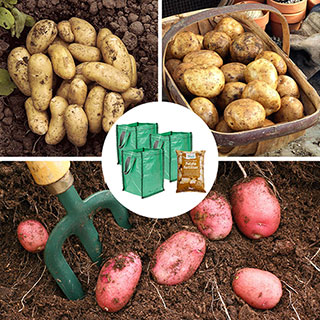

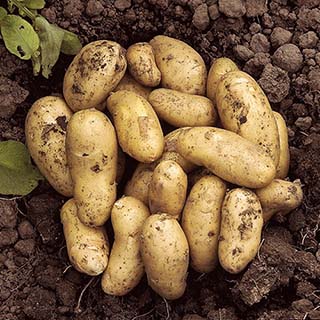
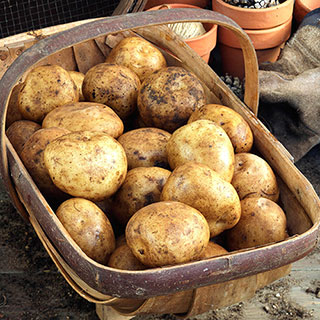


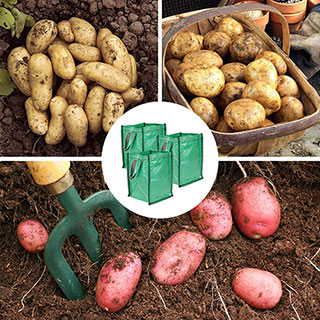
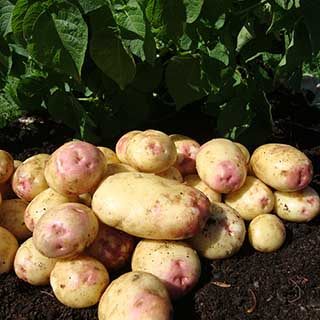
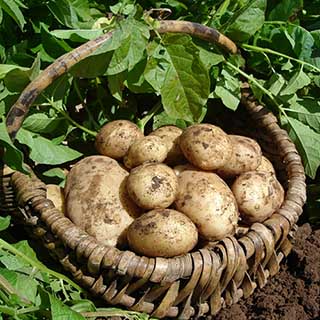
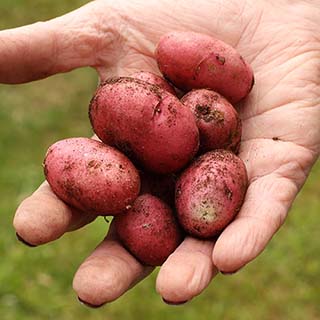
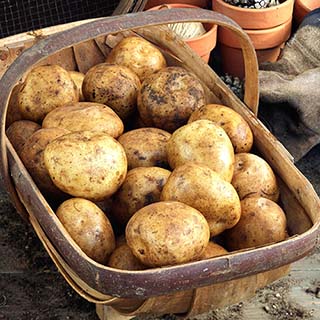
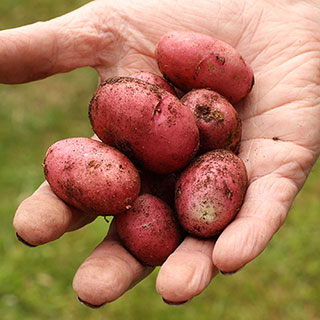

"Growing your own spuds is like unearthing buried treasure - except this treasure is delicious and perfect for your Sunday roast! There’s something incredibly satisfying about digging up your own crop of fresh, flavour-packed potatoes, knowing they’ve been grown with your own care and attention. Whether you're after fluffy mash, crispy roasties, or the perfect jacket potato, there’s a variety for every dish. And the best part? They’re easy to grow, whether in the ground or in containers, so there's no excuse not to give it a go!"
Peter McDermott, Head Gardener
Potatoes are one of the most versatile things you can grow in the garden, so if you're interested in integrating home-grown produce into your cooking, this is a great place to start.
We stock a great selection of seed potatoes so that you can enjoy different varieties. You can grow your own King Edwards, Desirees, Charlottes, salad potatoes and more.
We stock everything you need to get growing, from potato fertiliser and potato tubers to gardening equipment and plant pots - there's even a complete starter kit for novice growers.
Add your favourite items to your basket, and make sure to check out the rest of our grow your own range. You'll find vegetables, herbs and fruits that will enhance your meals even further. Order now and take advantage of our Lifetime Guarantee!
If you need more information on how to grow your own potatoes then we have a helpful guide available here.